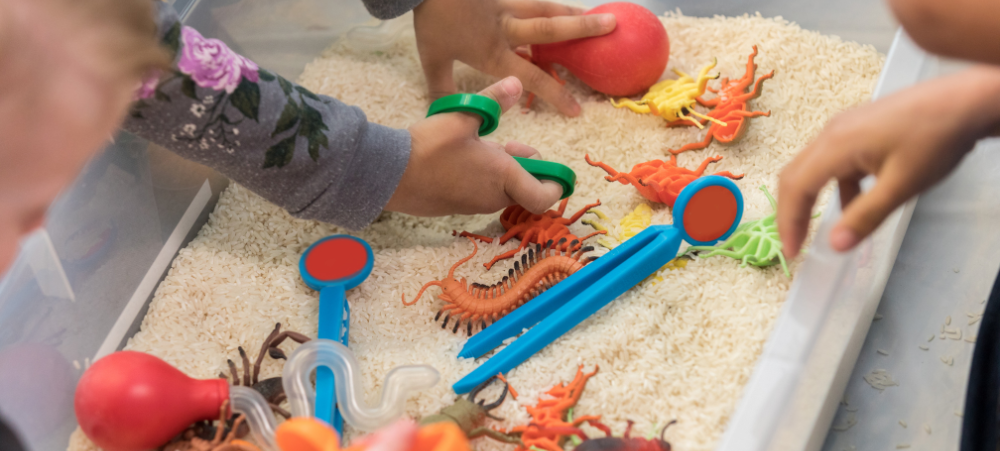Affinity Health, a leading provider of high-quality healthcare, explores the many ways sugar affects your teeth and unveils the secrets to safeguarding them for a lifetime of healthy smiles. Sugar is a sweet enemy to your teeth, leading to tooth decay and cavities. But it’s not just the amount of sugar you consume that’s the problem; it’s also how often you consume it. The more frequently you eat sugary foods and drinks, the greater your risk for tooth decay. Why Sugar Is Bad for Teeth When sugar encounters the bacteria in your mouth, it produces acid. This acid attacks the enamel, the hard, protective surface of your teeth. Over time, the acid can erode the enamel, creating tiny holes in the surface of your teeth, known as cavities. Tooth decay is a progressive disease. It starts with forming a small cavity on the tooth’s surface. If the hole is not addressed, it will grow more significant and more profound, eventually reaching the nerves and blood vessels inside the tooth, causing toothaches, infection, and possibly tooth loss. Sugar also sticks to the surface of your teeth, providing a perfect breeding ground for bacteria. As the bacteria feed on the sugar, they make additional acid, which damages your teeth even more. But it’s not just the sugar that’s harmful to your teeth. Many sugary foods and drinks also contain high levels of acid. For example, citrus fruits, sports drinks, and even diet soda can be highly acidic. According to a Journal of Conservative Dentistry study, consuming acidic foods and drinks can erode tooth enamel, making your teeth more susceptible to decay. Frequent snacking on sugary foods and drinks is especially harmful to your teeth because it keeps the acid attack on your teeth all day long. According to the American Dental Association, snacking on sugary foods and drinks throughout the day can cause a continual acid attack on your teeth, increasing your risk of dental decay. The good news is that you can take steps to protect your teeth from the damaging effects of sugar. Here are a Few Tips from Affinity Health: Brush and floss: Brushing and flossing your teeth twice daily can help remove plaque and bacteria from your teeth and gums, lowering your risk of tooth decay and gum disease. Use an antiseptic mouthwash: An antiseptic mouthwash can help kill bacteria and freshen your breath. Limit sugar intake: Consuming too much sugar can lead to tooth decay, so limiting your sugar intake is essential. This includes sweets, cakes, biscuits, and chocolate and sugary drinks such as soda and sports drinks. Drink water: Drinking water can help rinse away sugar and bacteria in your mouth, and it also helps keep your mouth and teeth hydrated. Chew sugar-free gum: Chewing sugar-free gum after meals can help stimulate saliva production and neutralise the acid in your mouth. Visit the dentist regularly: Regular dental check-ups and six-month cleanings can help remove plaque and tartar buildup and detect and treat any dental issues early on. Use fluoride toothpaste: Fluoride is a mineral that can help strengthen tooth enamel and prevent tooth decay. Eat more fruits, vegetables, and nuts: Eating various fruits and crunchy vegetables can help provide your body with the vitamins and minerals it needs for strong teeth and gums. Nuts also promote healthy teeth and gums, Almonds, for example, are low in sugar, high in fibre, and include minerals such as calcium, while Brazil nuts and cashews help to fight bacteria that lead to tooth decay. Be mindful of snacking: If you’re in the habit of snacking throughout the day, try to limit your snacking to mealtimes. This way, your mouth can neutralise the acid produced by the bacteria in your mouth before you snack again. Remember to clean your tongue: Your tongue can be a breeding ground for bacteria, so remember to clean it daily. This can be done using a tongue scraper or your toothbrush. Eat calcium-rich foods: Another way to protect your teeth from the effects of sugar is to increase your intake of calcium-rich foods, such as milk, sardines and canned salmon, beans and lentils, whey protein, tofu, seeds, cheese, and yoghurt. Calcium can help to strengthen tooth enamel and make it more resistant to acid attack. How Can Affinity Health Help Protect Your Teeth and Gums? Affinity Dental is an advanced dental plan offering intermediary-level dentistry care at an affordable rate. Save on premium dental care through negotiated rates and terms of service with an extensive network of dentists. Silver Plan: The Silver Plan covers your essential dentistry needs for a minimal premium. Gold Plan: In addition to the Silver Plan benefits, the Gold Plan covers Root Canals and Crowns. It also has an increased Specialist Dentistry Benefit. Platinum Plan: The Platinum Plan is our top dental care package, offering the most advanced care with increased benefits. For more information on Affinity Dental, click here. About Affinity Health Affinity Health is South Africa’s leading provider of health insurance, offering you a range of options at affordable rates including access to the widest national provider network. We understand the importance of having medical insurance that meets your needs, your budget, and your lifestyle. Our range of healthcare products are designed to protect you and your family when it matters the most. We strive to always give our clients peace of mind and the highest standard of service at all times. For more information, follow us on Facebook, Twitter, and Instagram.



































